All Stories
-

-
 Astronomy
AstronomyA rare, extremely energetic cosmic ray has mysterious origins
In 1991, physicists spotted a cosmic ray with so much energy it warranted an ‘OMG.’ Now that energetic particle has a new companion.
-
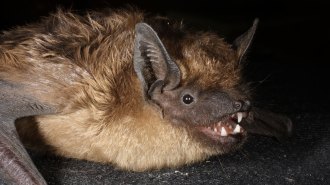 Animals
AnimalsThese bats are the only mammals known to mate more like birds
Male serotine bats have penises too large for penetration. To mate, the animals rub their genitals against each other, somewhat like birds’ cloacal kiss.
-
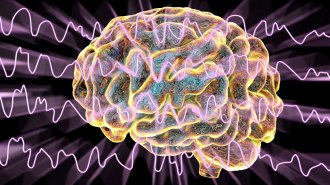 Health & Medicine
Health & MedicineA brain-monitoring device may one day take the guesswork out of anesthesia
The automated device pairing brain activity and dosing kept two macaques sedated for 125 minutes, raising hopes of precision anesthesia for people.
-
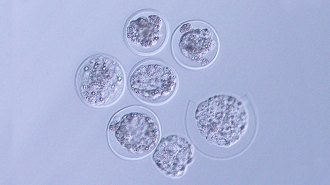 Animals
AnimalsThe first embryos from a mammal have now been grown in space
Mouse embryos in space can develop into clusters of cells called blastocysts. The result is a step toward understanding how human embryos will fare.
-
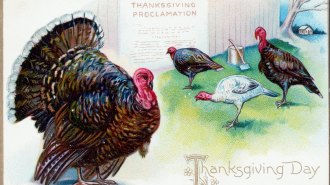 Science & Society
Science & SocietyWhy the Thanksgiving myth persists, according to science
The science of collective memory — and a desire for clear origin stories — may explain the endurance of the Thanksgiving myth despite a messier reality.
By Sujata Gupta -
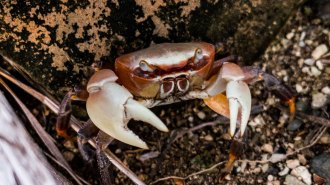 Life
LifeCrabs left the sea not once, but several times, in their evolution
A new study is the most comprehensive analysis yet of the evolution of “true crabs.”
By Amanda Heidt -
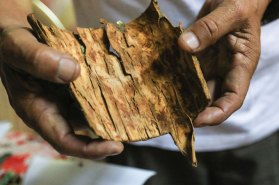 Chemistry
Chemistry‘Most Delicious Poison’ explores how toxins rule our world
In his debut book, Noah Whiteman tours through chemistry, evolution and world history to understand toxins and how we’ve come to use them.
-
 Health & Medicine
Health & Medicine50 years ago, scientists suspected that lost sense of smell could be restored
Cells responsible for humans’ sense of smell can regenerate. Now, research spurred on by the pandemic could help answer questions about the process.
By Aina Abell -
 Health & Medicine
Health & MedicineWhy a popular breast cancer drug may be less effective for some Africans
A genetic variant commonly found in certain African populations appears to impair tamoxifen’s ability to tackle breast cancer.
-
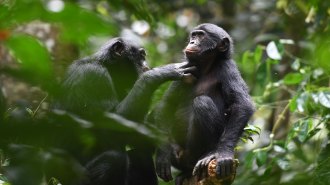 Life
LifeBonobos, like humans, cooperate with unrelated members of other groups
Cooperation between unrelated individuals in different groups without clear and immediate benefit was thought to be uniquely human. Its presence in bonobos may help explain its evolution.
By Jake Buehler -
 Health & Medicine
Health & MedicineFlint grapples with the mental health fallout from the water disaster
The water crisis started almost a decade ago. Residents of Flint, Mich., are still healing from the disaster — and caring for their own.